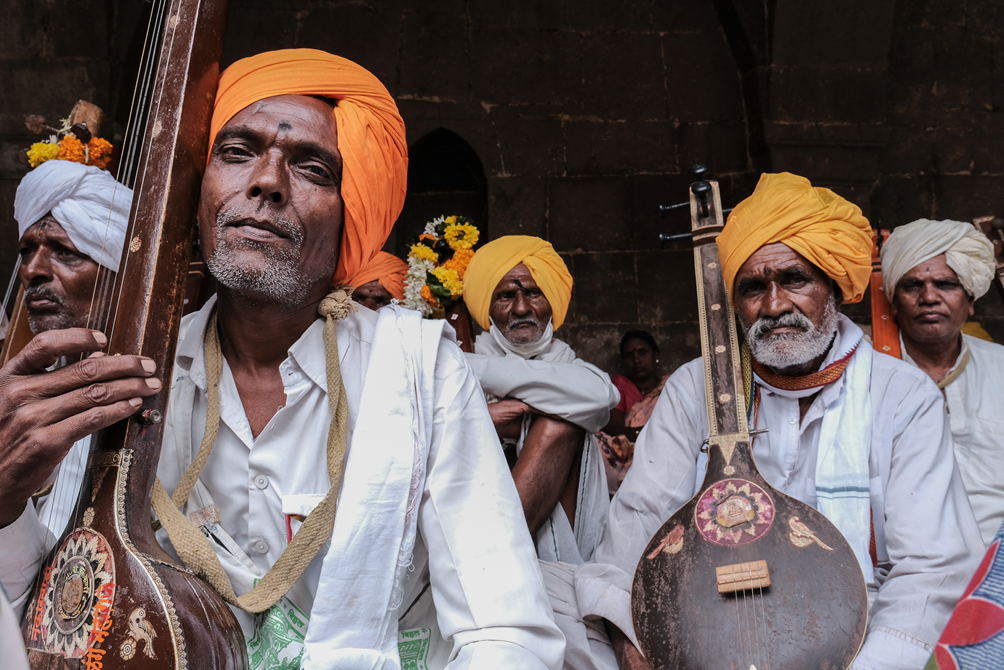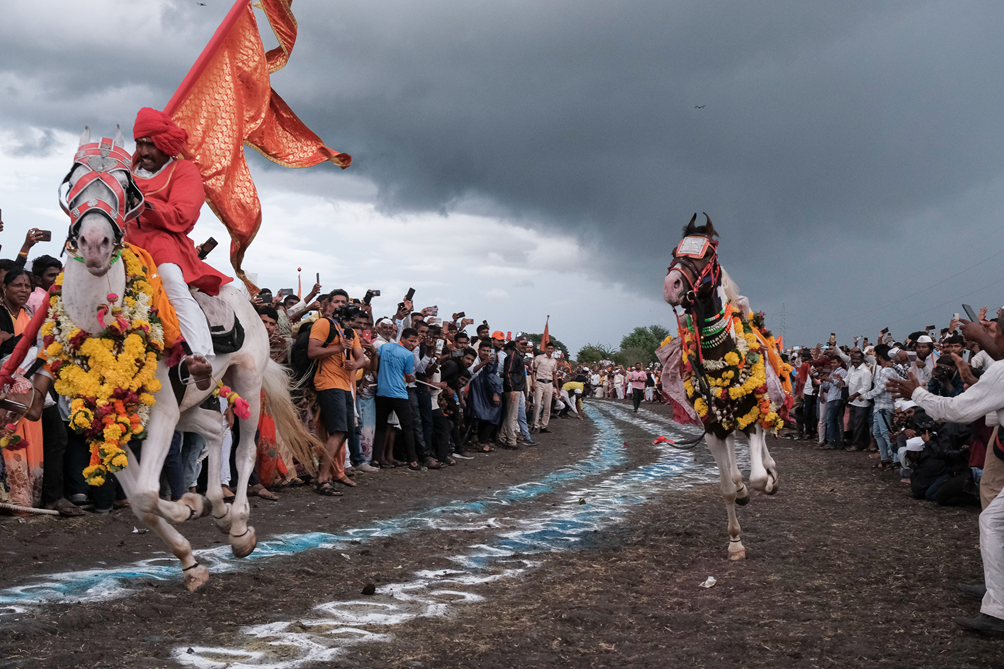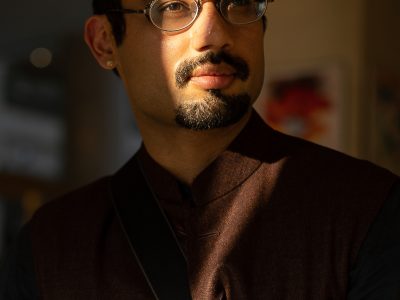fujifilmxindia
Walking in Hope - Raghav Pasricha
What would make 10 lakh Indians across caste, class and religious lines walk together for 21 days over
250 kilometers in the rain, singing and dancing in ecstasy? Every year in the month of Ashaadh (June-
July), lakhs of people undertake a pilgrimage called a Wari from Alandi and Dehu in Maharashtra to
Pandharpur to the temple of Vitthal.
At one level, this is a journey undertaken by an incredible mass of humanity that braves blazing heat and
pouring rain and traverses terrain as varied as mountains, plateaux and floodplains. At another level, it is
a journey of interiority explored by individuals. I needed gear that I could carry on my person every day
as I walked 20-30 km, that would stand up to the elements and yet would work silently and efficiently
when I entered the most intimate spaces of prayer and thought with the Warkaris. I used the Fuji X-T3
and X-Pro3 paired with the smallest prime lenses to document this extraordinary expression of
community and faith.
At a personal level, undertaking the pilgrimage made me realize the fragility of our lives and our
interdependence. Food, water, shelter were provided by welcoming villagers. Everything was in
abundance. Everything was freely given and shared among strangers.
Walking with the Warkaris, I was overwhelmed as much by the scale of the journey as the sense of
belonging, generosity and the unbridled love showered upon everyone they met. Everyone was ‘Mauli’
or mother, an address fondly used for the saint-poet Dyaneshwar Maharaj, whose padukas or sandals
were carried to Pandharpur by the pilgrims.
The bhakti or devotion of the Warkaris made this seemingly impossible journey a celebration during
which they sought Vitthal not only in the temple at Pandharpur but in each other. The beauty of the
Wari, its ability to unite people in faith and celebration, has to be experienced. I hope my images inspire
you to join the Wari and be part of one of the greatest syncretic traditions of India.
Equipment used: Fujifilm X-T3, X-Pro3, XF 23mm F2 R WR & XF16-80mm F4 R OIS WR





Connect with RAGHAV PASRICHA

Raghav Pasricha is a Delhi-based photographer. He was awarded a Nazar Foundation grant in 2022 and the 2020-21 Director’s Fellowship to study Documentary Photography and Visual Journalism at the International Centre of Photography in New York. An M.Phil in visual anthropology from Delhi University, Raghav brings his academic training to his photographic practice and believes in structuring narratives from the perspective of his subjects. Raghav works across documentary, food and architectural photography and advertising.
